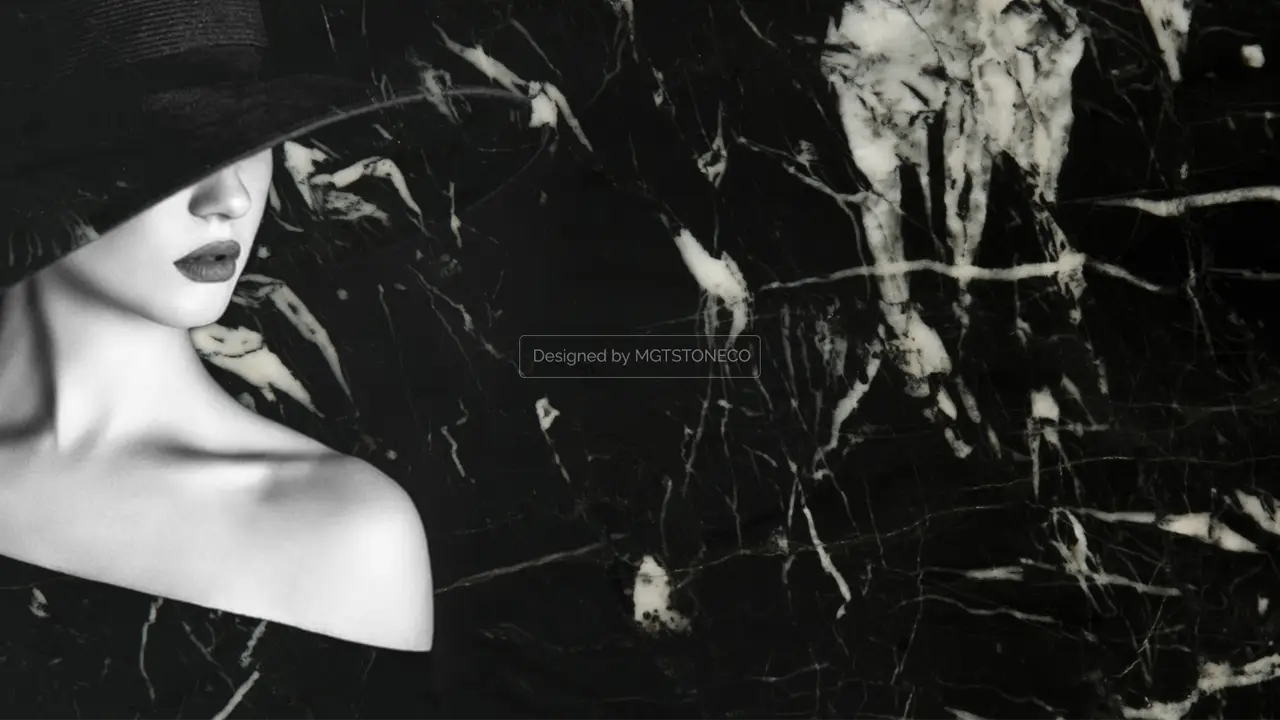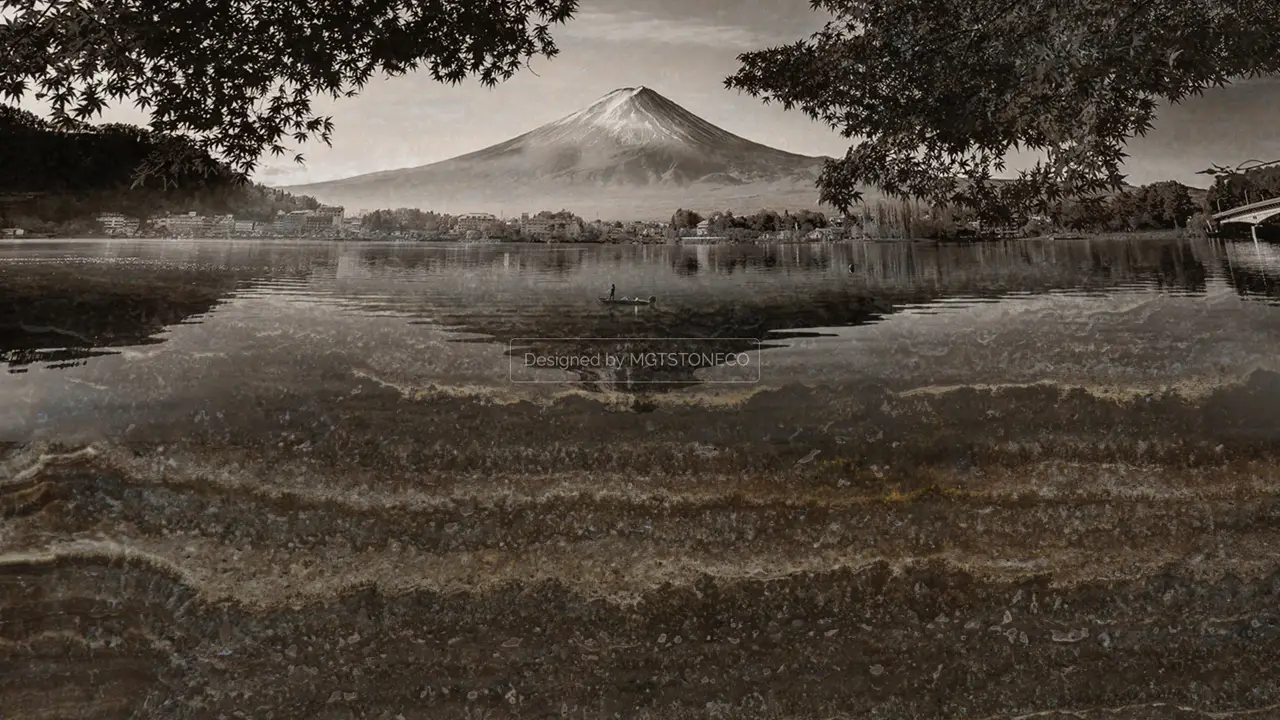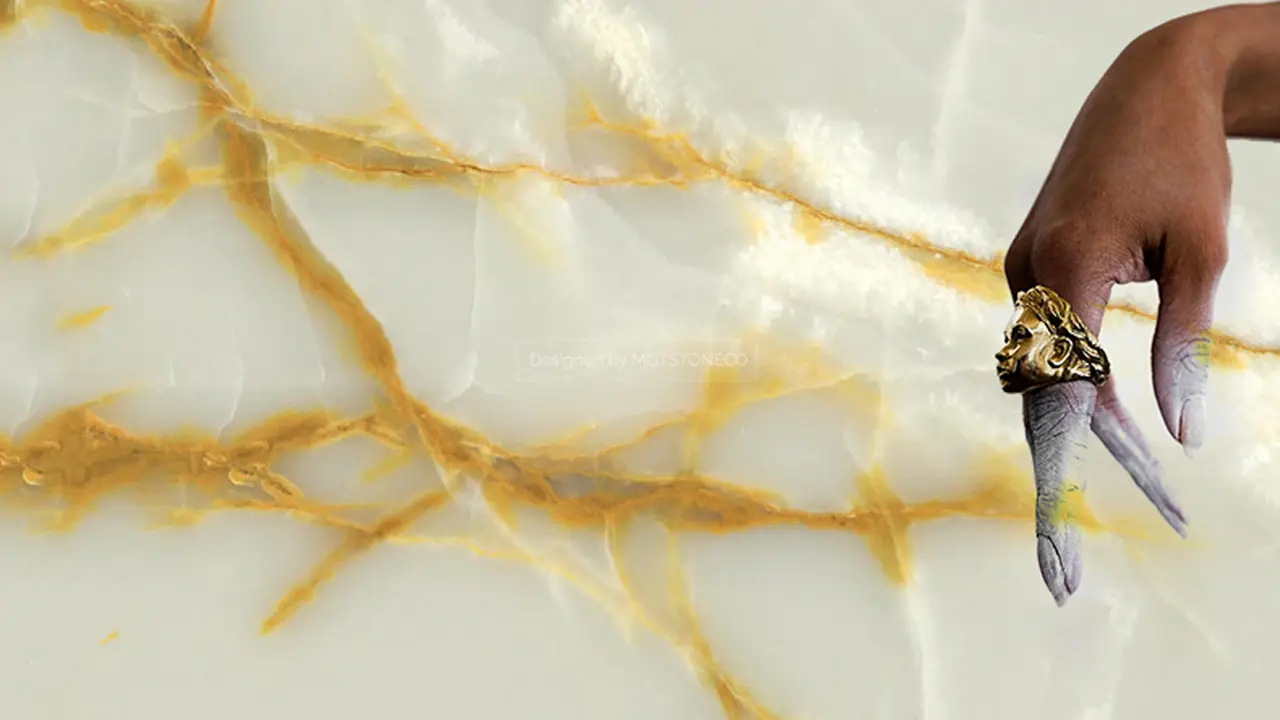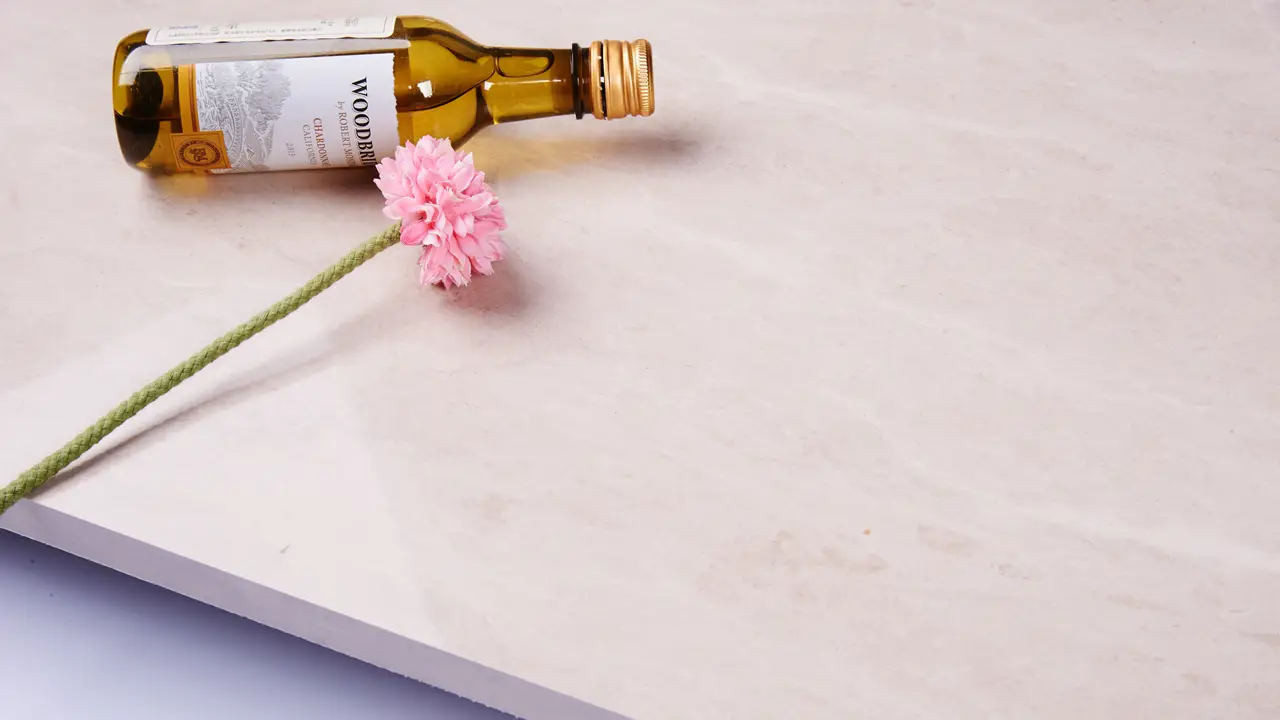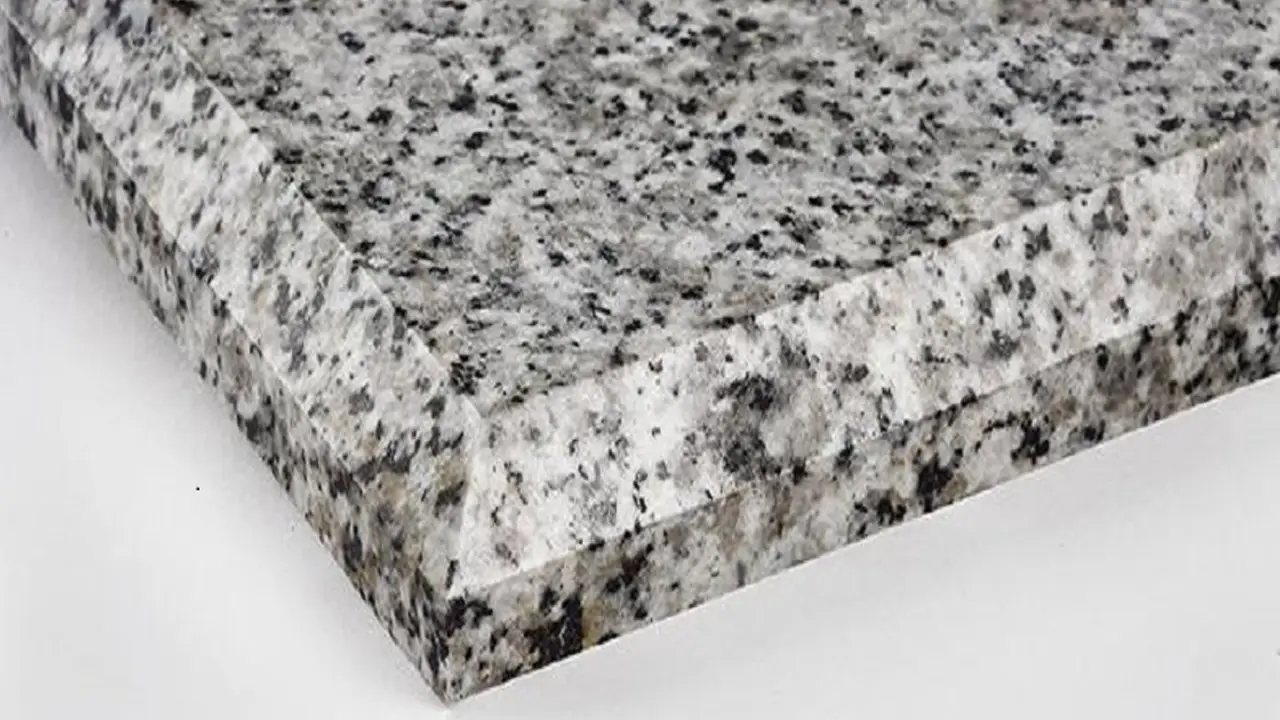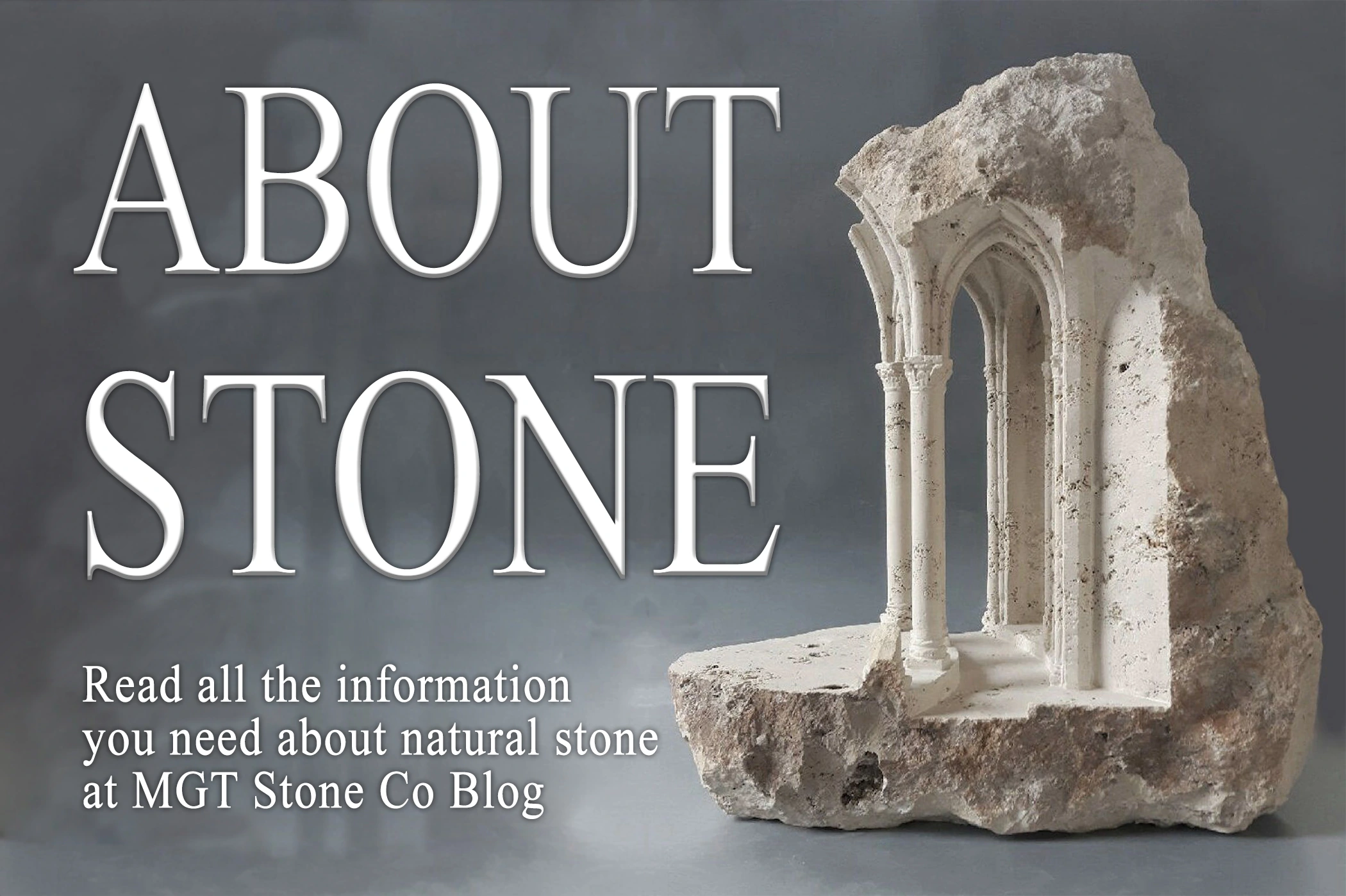For centuries, stone has been used by nearly all civilizations. Each corner of the world and each layer of earth yields a multitude of stone varieties, and a uniqueness within each stone, giving you a vast palette of possible applications wherewith to create your masterpiece. The most important natural stones are:
Travertine, Marble, Limestone, Onyx, Granite
Travertine:
Travertine is a natural stone such as Marble, Granite, Onyx, Limestone, Slate etc. The key difference between Travertine and other natural stones lies in the formation of the rock, the hardness of the stone and the appearance. Travertine is a form of limestone deposited by mineral springs, especially hot springs. Travertine often has a fibrous or concentric appearance and exists in white, tan, cream-colored, and even rusty varieties. It is formed by a process of rapid precipitation of calcium carbonate, often at the mouth of a hot spring or in a limestone cave. In the latter, it can form stalactites, stalagmites, and other speleothems. Travertine is often used as a building material. The Romans mined deposits of travertine for building temples, aqueducts, monuments, bath complexes, and amphitheaters such as the Colosseum, the largest building in the world constructed mostly of travertine.
“The construction of the Colosseum involved the draining of the lake constructed by Nero and was achieved due to a number of technical innovations in architecture and construction developed by the Romans. It used a number of construction materials to maximise their qualities, these were travertine, tufa, brickwork and cement.”
Travertine is often visibly porous, giving it a more natural, textured look. However, when sanded down and sealed, travertine tiles are smooth and suitable for flooring or as shower tiles. This stone is relatively soft and absorbent, so it requires a few coats of sealant to prevent debris from penetrating the stone. Travertine’s colors are typically warm and range from the lightest white or cream to beige, gold, brown, and even red. Slight color and pattern variations between tiles keep them from looking too uniform. This type of stone is also available in a variety of finishes, including polished, honed, brushed, saw cut, and tumbled.
Marble:
Marble is a metamorphic rock composed of recrystallized carbonate minerals, most commonly calcite or dolomite. Geologists use the term “marble” to refer to metamorphosed limestone; however, stonemasons use the term more broadly to encompass metamorphosed limestone. Marble is commonly used for sculpture and as a building material. This stone is among the most elegant and luxurious of stones. Marble’s beauty will last for generations and is versatile enough for use throughout the home in places such as fireplace surrounds, ornamental furnishings, walls, flooring, and bathrooms. Marble especially stands out in the bath. It can be applied on almost every surface, including vanities, shower walls, tub decks and flooring.
“The Taj Mahal incorporates and expands on design traditions of Persian and earlier Mughal architecture. The relief work in marble and inlay with precious and semi precious stones make it a monument apart.”
Most people are familiar with marble. From Greek statues to Roman baths, it has been used for centuries in just about every possible interior and exterior application. Marble is relatively hard, but not as hard as granite. Marble basically classifies into four groups which include: Groups A, B, C, and D. These merely indicate fabrication ability, which is based on the material’s level of hardness. It is very popular for fireplaces, bar-tops, and bathrooms, and comes in a wide range of colors.
Onyx:
A great alternative to granite, marble, and other more popular stone surfaces, onyx provides a sleek and modern look to any workspace. Onyx is formed in caves as stalactites and stalagmites drip to form this precious stone. Onyx Countertops are a rarity as they bring a unique appearance with strikingly dramatic appeal.
Though onyx is expensive and rather impractical, there is no denying the sheer beauty of the stone. It comes in a variety of colors and the “veining” adds contrasting colors to make these slabs look like works of art.
The light hits it and it shines, brightening up the room. For even more appeal, try backlit onyx, which has a wonderful glow that you cannot get any other way.
Limestone:
This grain stone has a uniform texture and grade, and has gained worldwide acceptance as a premier dimension stone. Limestone weathers naturally over time and its color mellows and blends into a pleasing natural patina. With no artificial coloring agents to fade and no reinforcement rods to rust, the appearance of limestone actually improves with age.
“The Great Pyramid is located in Giza, Egypt. It is the oldest and the largest of the three pyramids located in Giza. The pyramid is made from a few different types of stone. Most of the structure is made from limestone in 2560 BC.”
One benefit that has made limestone a choice product is the consistency of deposit. While subtle color and grain differences are present, limestone is extremely homogenous for a natural product. This is important, not only for the current project being built, but particularly when future expansions are contemplated. Many other buildings throughout the nation have long histories of using limestone as well. These range from private residences to public schools, churches, courthouses, museums, and monumental buildings. When they need additions to existing locations, limestone provides a pleasing match to the original stone.
Granite:
Granite is one of the most popular building materials. It has been used for thousands of years in both interior and exterior applications. Granite dimension stone is used in buildings, bridges, paving, monuments, and many other exterior projects. Indoors, polished granite slabs and tiles are used in countertops, tile floors, stair treads and many other design elements. Granite is a prestige material, used in projects to produce impressions of elegance and quality. The only natural stones harder than granite are diamonds, rubies, and sapphires. Therefore, choose granite when permanence, enduring color and texture, and complete freedom from deterioration and maintenance are prime requirements. Granite is highly heat, scratch and stain resistant, and is commonly used to face commercial and institutional buildings and monuments. It is unequaled as a material for fireplaces, steps, road and driveway curbing, terraces, and to pave plazas and public spaces. Granite is the traditional favorite of countertop materials for its unique colors and patterns, proven durability and lasting value. Granite comes in hundreds of different colors and is quarried in such places as the Iran, United States, Canada, Brazil, China, Africa, Norway, India, Argentina, Portugal, Italy, Finland, Russia, Spain, Saudi Arabia, and more.
Sandstone:
Composed mainly of sand-size mineral or rock grains, most sandstone is composed of quartz and feldspar – two of the most common minerals in the earth’s crust. Like sand, it can be any color, but most commonly comes in tan, brown, yellow, red, gray and white. The stone generally has a uniform texture and it is somewhat soft, making it user-friendly for a variety of applications. It is favored for wall claddings and flooring because of its low absorption rate, high compression strength, and aesthetically pleasing appearance.
“The Kelvingrove Art Gallery and Museum is a museum and art gallery in Glasgow, Scotland. This gallery was built by the Spanish Baroque style, using Locharbriggs or red sandstone.”
Sandstone has been used in some of the world’s most famous structures, including the White House, the Taj Mahal, the pyramids and the Angkor Vat, an ancient Cambodian temple.

